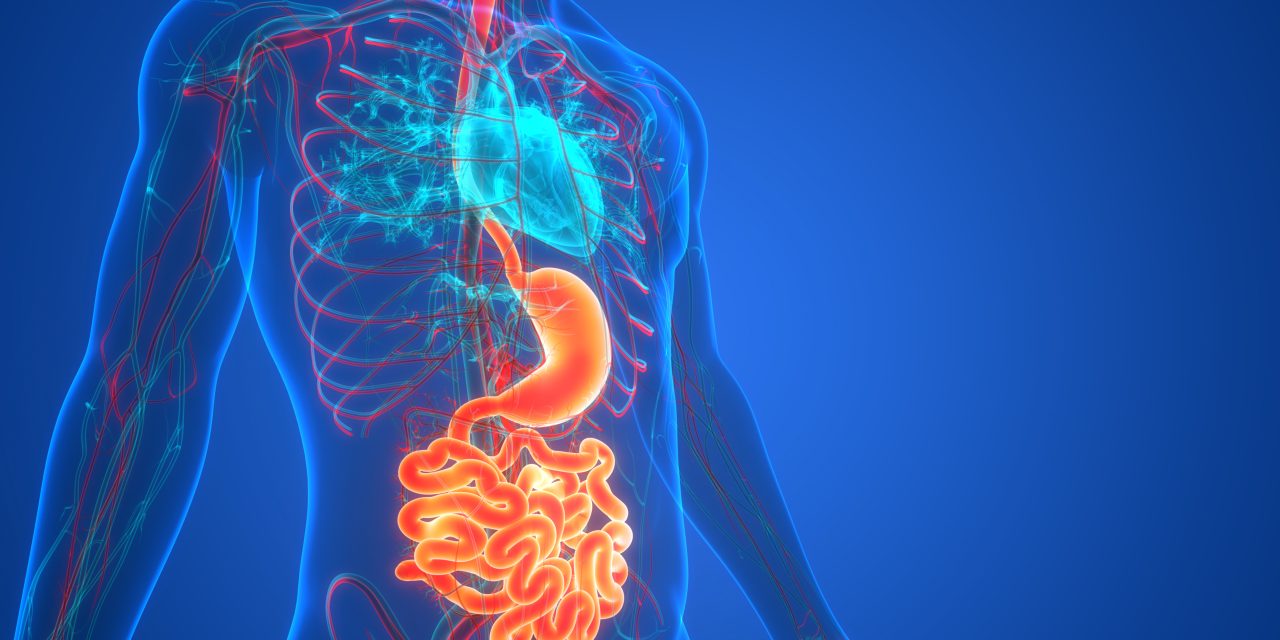Extended pancreatectomy for initially unresectable locally advanced (URLA) pancreatic carcinoma (PC) often requires combined arterial resection/reconstruction. By limiting candidate arterial inflow after combined resection of the celiac arterial system over a long distance, great saphenous vein graft (GSVG) is an alternative conduit for obtaining non-anatomical arbitrary arterial inflow.
A 66-year-old woman was diagnosed with URLA pancreatic head carcinoma involving the region from the celiac axis (CA) to the common hepatic and proximal splenic artery (SA). She received 10 courses of modified FOLFIRINOX followed by concurrent chemoradiotherapy including S1 with favorable response. The duration of disease control and normalization of serum carbohydrate antigen 19-9 (CA19-9) exceeded 10 months, and conversion surgery was planned. Extended pancreaticoduodenectomy (PD) required concomitant resection of the CA to the proper hepatic and SA. The dual arterial reconstructions involved a GSVG interposition from the abdominal aorta to the distal SA to preserve the entire stomach, and from the mesenteric second jejunal artery to the right hepatic artery. The patient achieved pathological R0 resection with a histological response of Evans grade IIB.
Reconstruction of the distal SA with GSVG in extended PD enabled preservation of the subtotal stomach and distal pancreas, even when the root of the CA was transected.
Multiple arterial reconstructions using GSVG might be useful in extended pancreatectomy to preserve visceral organs, offer better quality of life in terms of oral intake and nutritional status, and control blood glucose than after total pancreatectomy concomitant with subtotal gastrectomy.
Copyright © 2021. Published by Elsevier Ltd.
Conversion pancreaticoduodenectomy with dual arterial reconstructions for locally advanced pancreatic cancer: Case report and literature review.


